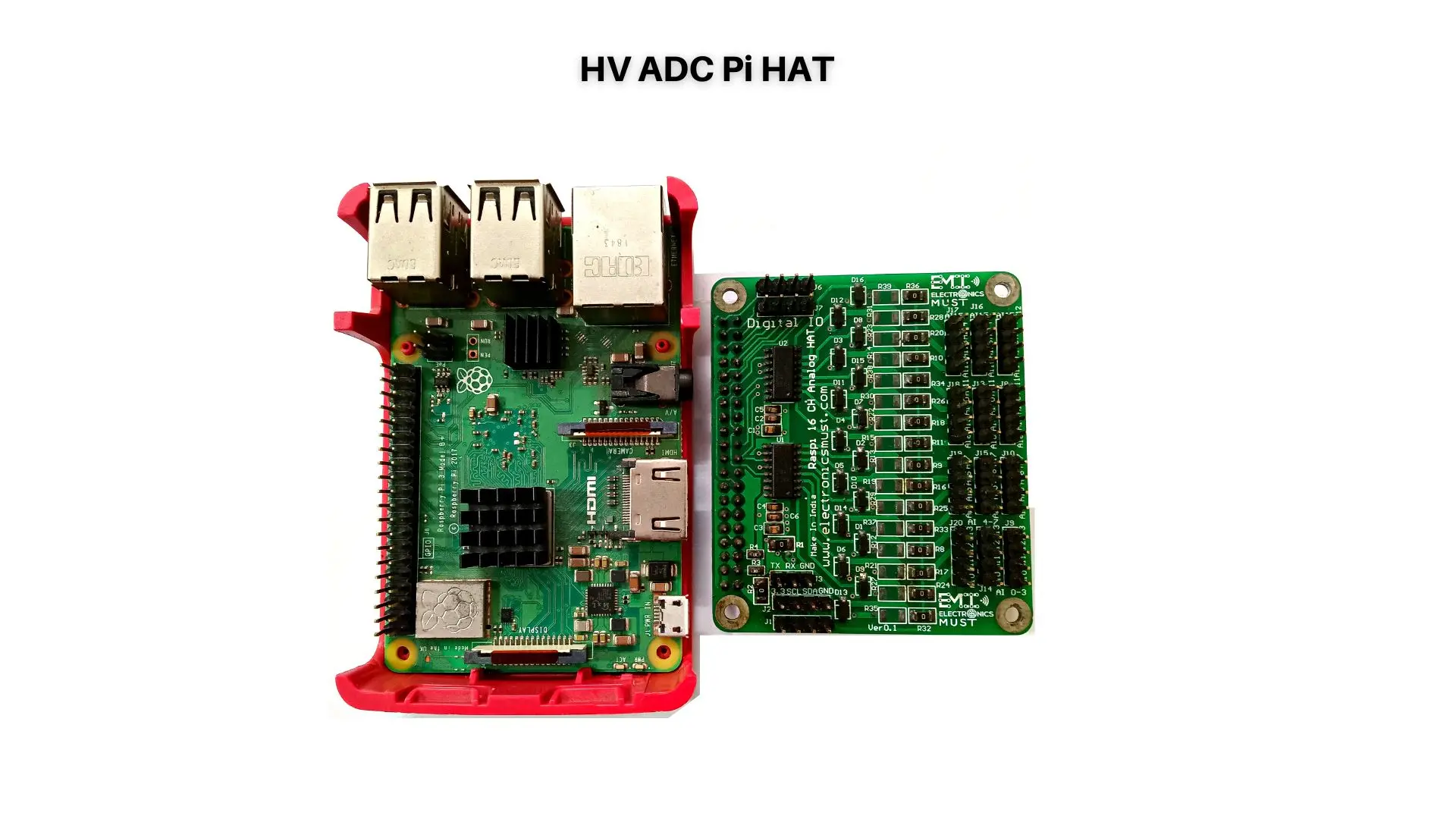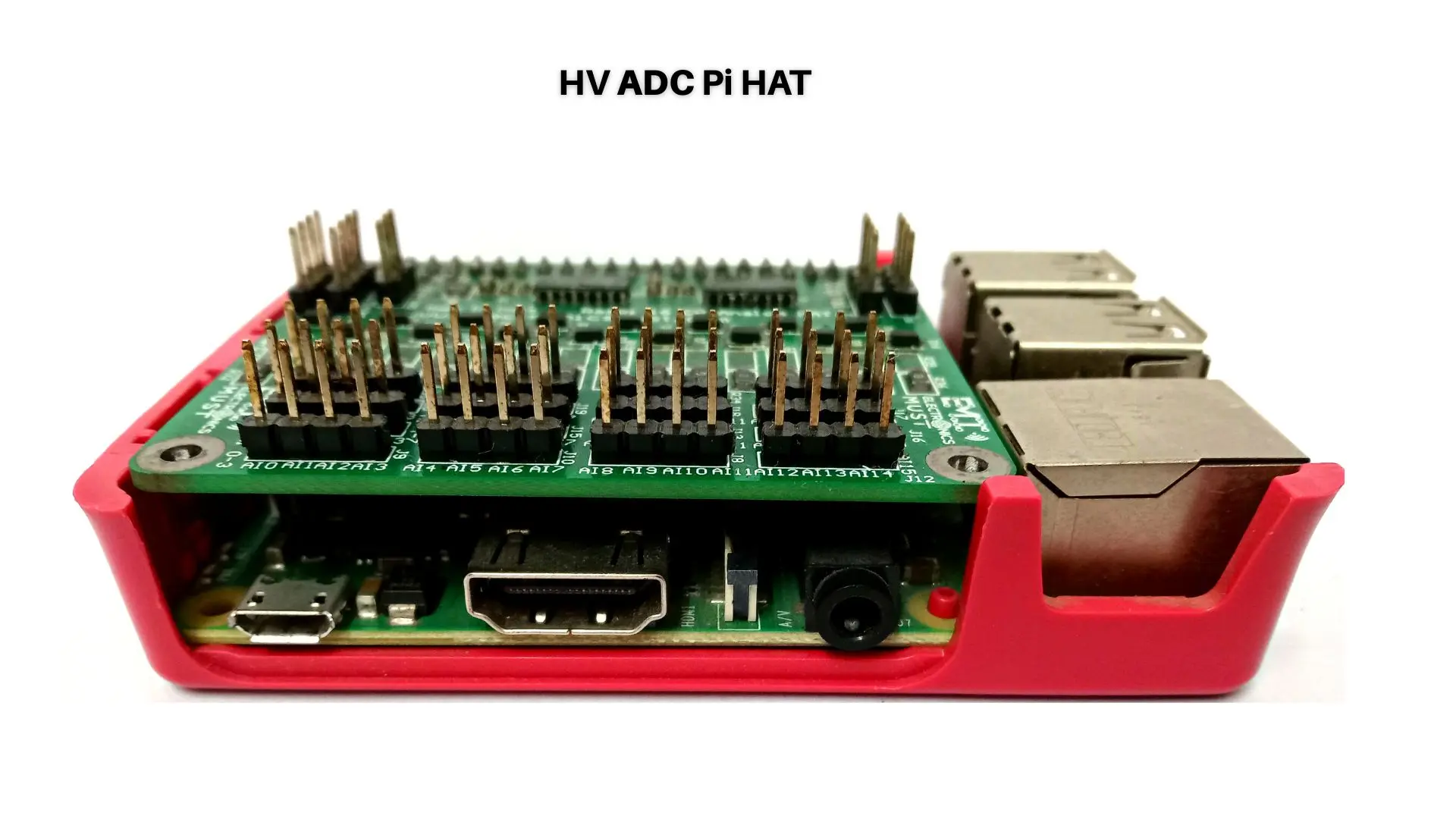Custom PCB (Printed Circuit Board) design is playing a critical role in spurring innovation across numerous industries in today’s quickly changing technological landscape. Electronic devices are built on a PCB basis, which allows for the seamless integration of many different electronic components. Custom PCB design enables the development of highly efficient and optimised electronic systems suited to particular applications. The importance of custom PCB design in promoting innovation and utilising the potential of electronics is examined in this article.
The Importance of Custom PCB Design
There are several advantages to custom PCB design that help innovation and technology advance. Here are a few major arguments in favour of custom PCB design:
1. Miniaturisation and space optimisation:
Custom PCB design enables the effective use of available space, which is important given the rising demand for small and portable electronic products. Devices can be made smaller and lighter by using PCBs that can incorporate complicated circuitry in a compact form factor.
2. Improved Performance and Functionality:
With the help of custom PCB design, engineers may optimise circuit layouts, lessen signal interference, and boost overall performance. Designers can achieve faster speeds, less power consumption, and better functionality by adjusting the PCB design to the needs of a particular application, leading to enhanced user experiences.
3.Compatibility and Integration:
Custom PCB design permits the seamless integration of numerous electronic components onto a single board. The production process is streamlined and compatibility is improved by this integration. Additionally, custom PCBs can be created to accommodate particular interfaces and communication protocols, facilitating simple integration with other devices or systems.
4. Cost-Effectiveness:
While bespoke PCB design may require a larger upfront expenditure than off-the-shelf options, it is more cost-effective in the long run. Custom PCBs decrease the amount of wire required and the complexity of the manufacturing process, which lowers production costs and improves dependability. Additionally, specialised PCBs enable effective component utilisation, which over time lowers material costs.
5.Scalability and Flexibility:
Custom PCB design offers the scalability to adapt to shifting technological trends and needs. Engineers are able to create PCBs with modular parts and adaptable layouts, enabling simple upgrades and scalability. By promptly responding to market needs and implementing new features or functionalities into their products, firms can stay one step ahead of the competition.
6. Dependability and excellence:
Custom PCB design enables rigorous attention to detail, resulting in circuit boards of the highest calibre and dependability. The positioning of components can be optimised by designers to provide good signal integrity, effective heat management, and minimal electromagnetic interference. Custom PCBs can provide improved performance, longevity, and durability by upholding tight quality control throughout the design and manufacturing process.
Applications of Custom PCB Design
Custom PCB design finds applications across a wide range of industries, playing a crucial role in driving innovation. Here are some notable areas where custom PCB design is making a significant impact:
a) Consumer Electronics: The consumer electronics industry heavily relies on custom PCB design to create smaller, faster, and more feature-rich devices. Custom PCBs enable the integration of sensors, microcontrollers, wireless connectivity modules, and other components, powering innovations such as wearable devices, smart home technology, and advanced smartphones.
b) Automotive and Transportation: The development of electric vehicles, sophisticated driver-assistance systems (ADAS), and autonomous driving technology are revolutionising the automotive industry thanks to custom PCB design. PCBs are required for the effective and dependable operation of many vehicle functions because they integrate intricate control systems, sensors, and communication modules.
c) Health care and biotechnology: Custom PCB design is essential for biotechnology and medical device applications. Devices like pacemakers, diagnostic tools, implanted tech, and lab equipment all make use of PCBs. Safety, dependability, and low power consumption are prioritised while designing custom PCBs for medical applications, advancing biotechnology and healthcare.
d) Industrial Automation: Custom PCB design is essential for equipment, robotics, and control systems in industrial automation. PCBs enable accurate control, data collecting, and real-time monitoring by facilitating the integration of sensors, actuators, motor control units, and communication interfaces. Custom PCBs assist in streamlining production, increasing output, and boosting overall operational effectiveness.
Emerging Trends in Custom PCB Design
A number of new trends are emerging as technology keeps developing and influencing bespoke PCB design in the future. These trends are anticipated to stimulate additional innovation and increase the functionality of electronic systems:
1. Internet of Things (IoT):
As IoT devices proliferate, demand for custom PCB design is rising. For smooth connectivity, data processing, and control, IoT devices need small, power-saving PCBs. Low power consumption, wireless connectivity, and sensor integration are all factors to be taken into account when designing a custom PCB for Internet of Things applications.
2. High-Speed and High-Frequency Designs:
To handle high-speed and high-frequency signals, custom PCB designs are needed due to the growing demand for quicker data processing and communication. To ensure dependable functioning, designers must take signal integrity, regulated impedance, and electromagnetic interference (EMI) mitigation measures into account.
3. Electronics that are flexible and wearable
Custom PCB design is vital to the creation of flexible and wearable electronics. Flexible PCBs enable novel applications like flexible displays, smart clothing, and medical wearables by enabling the fabrication of bendable, stretchable, and conformable electrical devices. Expertise in materials, manufacturing techniques, and signal routing in flexible substrates are necessary for custom PCB design for flexible electronics.
Conclusion
The electronics industry is driven by innovation in custom PCB design. Engineers can design electronic systems that are more compact, effective, and highly optimised for particular purposes by utilising custom PCBs. Custom PCB design has made significant contributions to a number of industries, including consumer electronics, automotive, healthcare, and industrial automation, demonstrating its significance in these fields. Custom PCB design will become even more important in promoting innovation and utilising the potential of electronics as new trends like the Internet of Things, high-speed designs, and flexible electronics continue to develop.






